Photo by Tim Pohlar
Resilience
Resilience Preserve is a 525-acre preserve located in Hocking Hills just a few miles east of Ash Cave. This preserve protects a rolling meadow-covered ridgetop, the flanks of which are covered with a mature forest. The Arc pursued protection for this property because it is one of the largest roadless regions of the county, one of Ohio’s few dark sky preserves. and a mecca for wildlife. Resilience is aptly named. In recent history, the land has endured just about everything mankind could have done to it - logging, strip-mined for coal, and oil being drilled. But today, Resilience’s meadows support one of the largest colonies of the rare Henslow’s sparrows in the state, box turtle and woodland salamander populations are at nearly prehistoric levels, bobcats roam the land, and the hollows are inhabited by the rare synchronous firefly, the same species found in the Smoky Mountains.
See all of the Arc’s preservation work to date in Hocking Hills:
click on the Arc’s Hocking Hills Forever campaign
Hiking: Sunrise to Sunset
Address: Ziegler Rd, Washington Township, OH
A note on ticks & chiggers
Download and Go! - Hiking Guide and More Information
A dog owner's guide to hiking the Arc of Appalachia
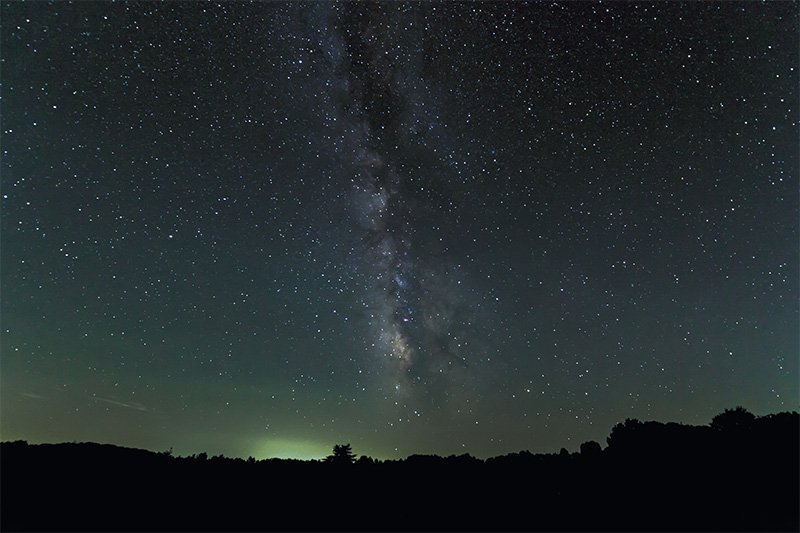
Night Sky by Brian Prose
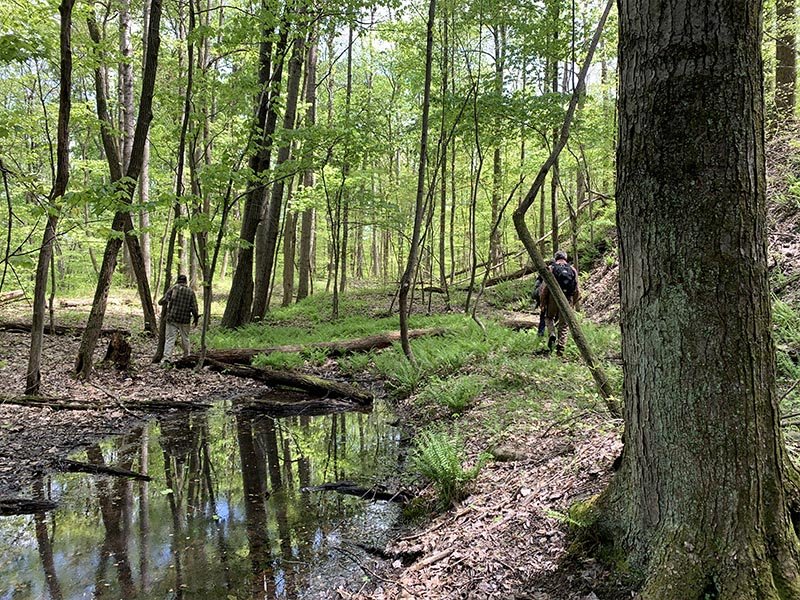
Old mines dating back to the 1800's are probably the origin of this and many other functioning vernal ponds.
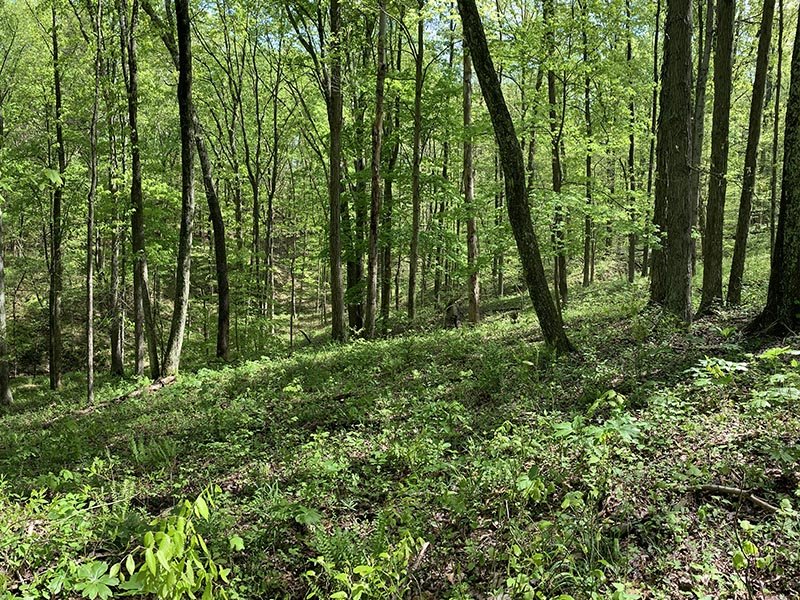
Resilience woodlands
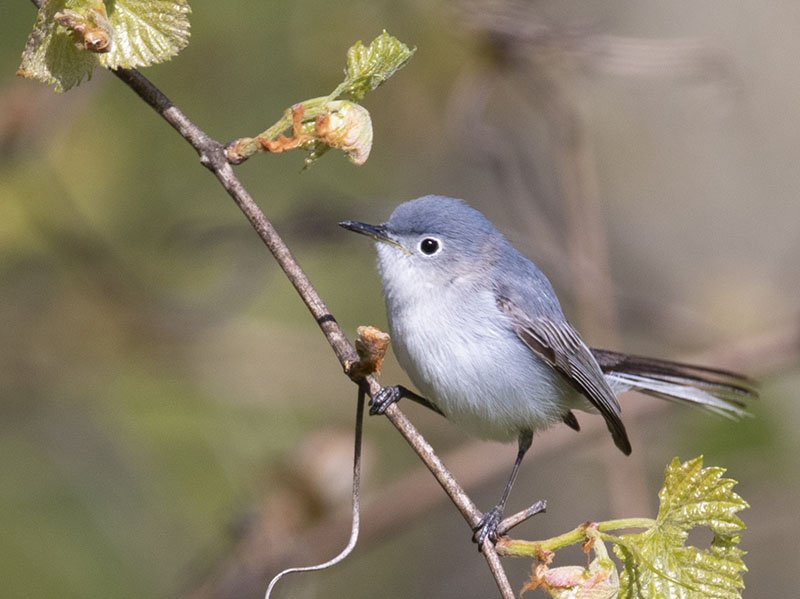
Agile tiny blue-gray gnatcatchers enjoy abundant populations at Resilience. Photo by Jim McCormac.
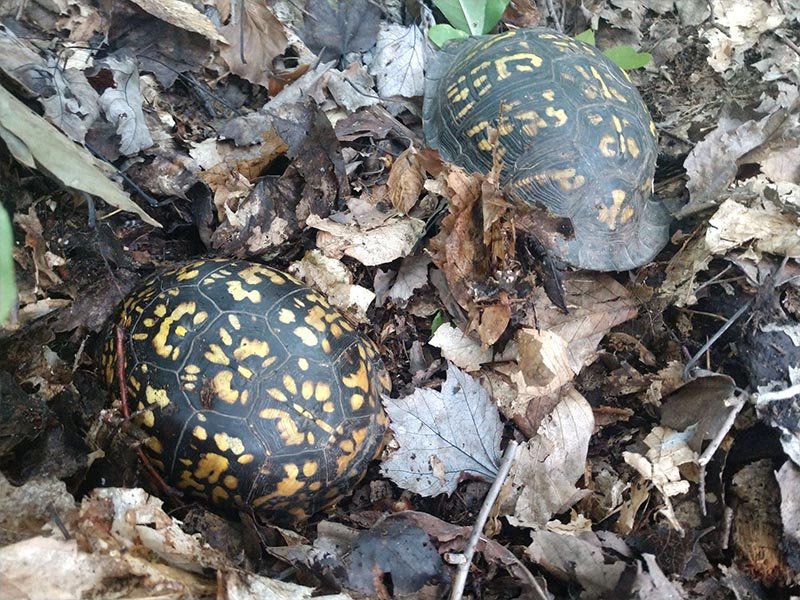
Anamazing number of box turtles have been found at Resilience, partly due to it being such a large roadless block of land.
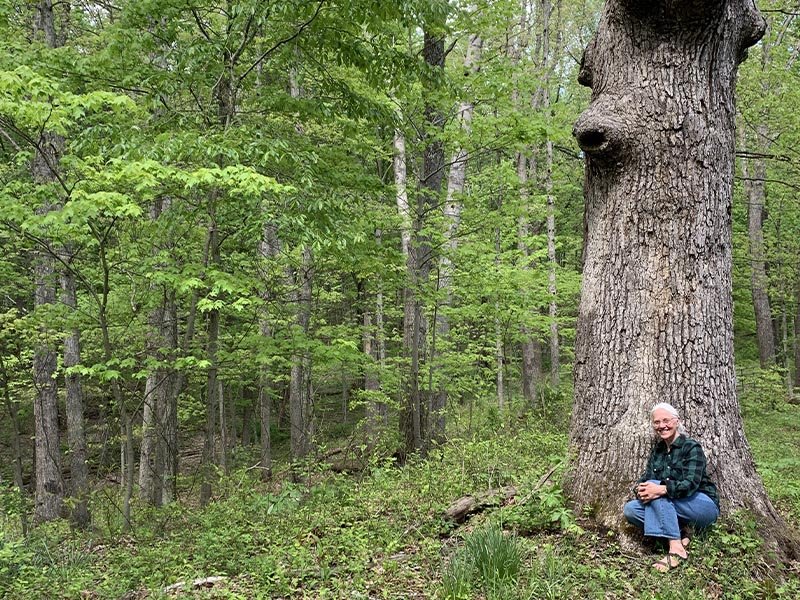
Ard Director Nancy Stranahan by a large white oak tree at Resilience
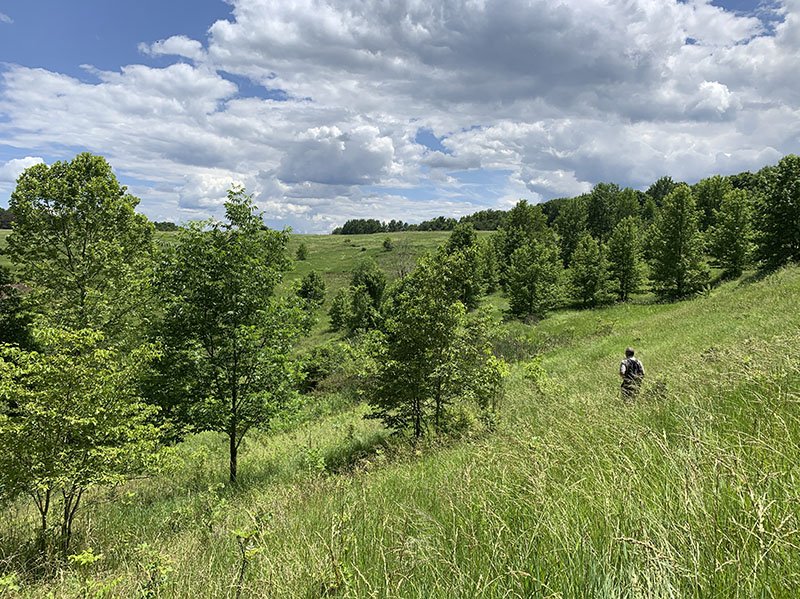
Arc staff member takes in the beauty of Resilience’s open ridgetop.
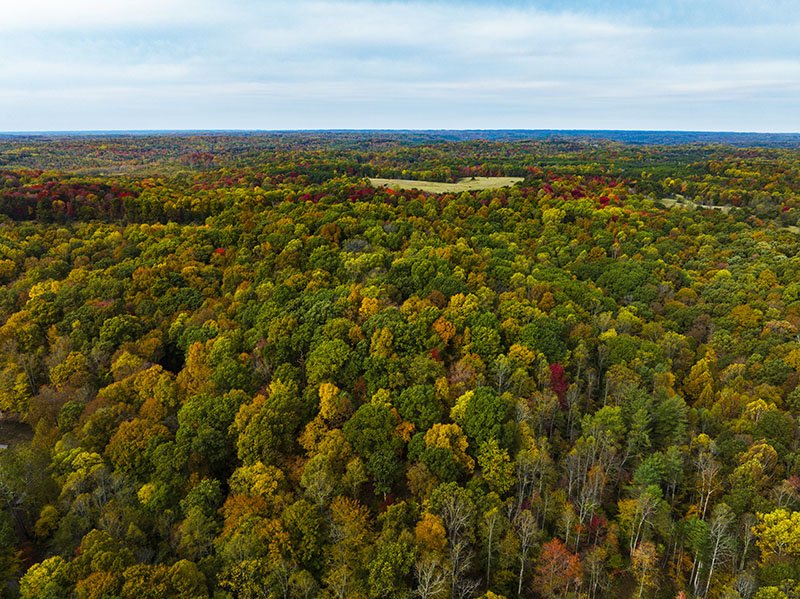
Aerial of Resilience’s vast forest by Brian Prose
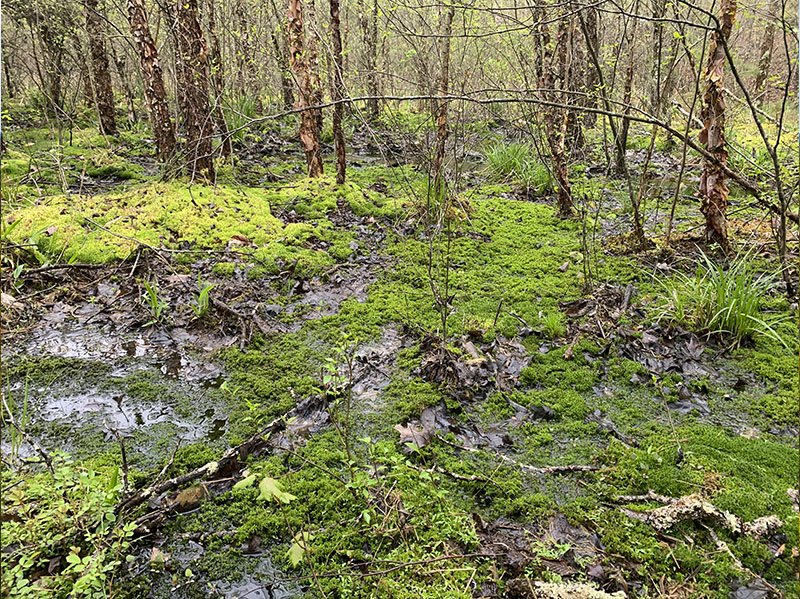
Wetlands at Resilience
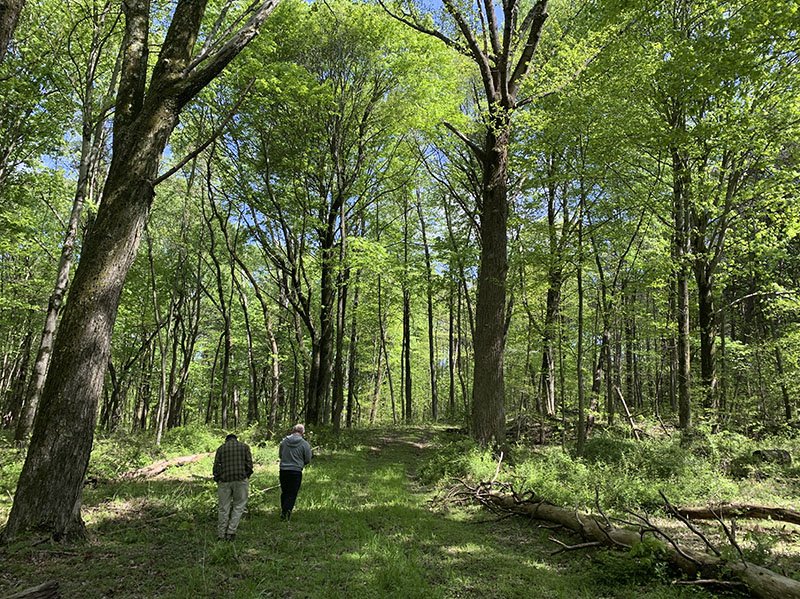
The forests of Resilience
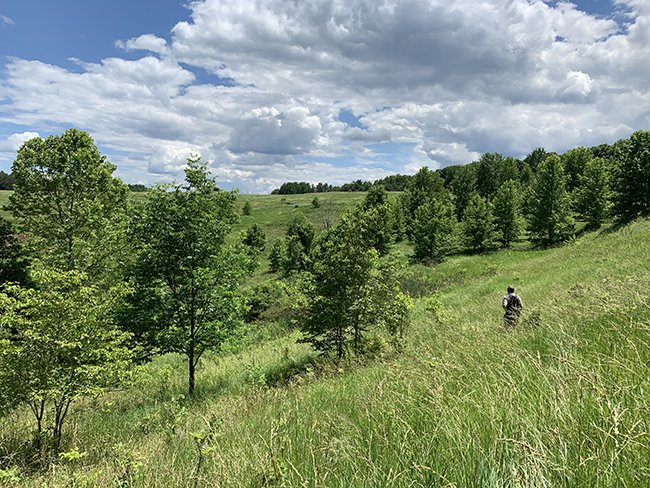
Natural History. The vast rolling fields that were once strip-mined are now home to Barn Swallows, and other field-loving birds as well as one of the largest breeding populations of Henslow’s sparrows we have witnessed anywhere in Ohio. The flanks that surround the ridgetop and dominate the preserve are entirely wooded with a bounty of oaks, hickories, and maples. Along the interface between forests and fields, groves of Virginia scrub pines grow, supporting high populations of yellow-breasted chats and pine warblers.
Other notable animals on the property include high populations of box turtles, a species that thrives at Resilience due to the fact that no roads dissect the property. Populations of bobcats are similarly high. Resilience protects remarkable firefly showcases supported by number of species, including dense populations of Mr. Macs and the enchanting Synchronous Fireflies.
The numerous catch basins on the property - built as part of reclamation practices to try to slow down acid run-off and contain its precipitates - have long ago been bypassed by the streams. This isn’t good news for the water quality of the streams, but it is great news for the catch basins. Instead of holding toxic brews as planned, the basins have filled up with fresh rainwater and today serve as vernal pools - teeming with frogs, and salamanders. Wherever these pools and marshes receive enough sun, the rare, acid-tolerant netted chain fern grow in large colonies above mats of sphagnum moss, and in association with many other wetland botanicals.
Preserve history: The property represents two acquisitions: the main purchase of 513 acres, and the very generous donation of an adjacent 12-acre property by Emily Foster, now deceased. “Foster’s Retreat” today serves as the trailhead for Resilience.
In the 1980s Resilience was actively being stripmined for coal. The ridgetop literally was turned upside down to access the coal layers beneath. The bedrock that was once configured in orderly layers above the coal became a jumbled mix of rock through which rainfall easily percolated, much like water through coffee grounds. As the waters move through the high surface area afforded by the broken rocks, they pick up heavy minerals in unnaturally high concentrations - including compounds of aluminum, sulfuric acid, manganese, copper, lead, arsenic, and mercury - all of which are carried right into Resilience’s streams.
Upon completion of the coal harvest, the land was reclaimed to minimize the mining impact on the watershed, but the efforts were only somewhat effective. When Arc representatives visited the property we saw the expected precipitates in the streams. It wasn’t the worst acid runoff we had ever seen in Ohio, but far from good. As the waters journey downstream, they drop various hues of precipitates on their winding journey – colorful, but deadly to life. First to drop out are the silver-gray precipitates of aluminum compounds, and the next to precipitate are the signature reds of iron.
Resilience’s trajectory from strip mine to nature preserve would certainly not be a simple straight line. However, after seeing how well Resilience had rebounded in so many ways other than its water quality, the Arc of Appalachia decided to seek funding for its purchase through a Clean Ohio grant. As a forest protection endeavor, Resilience’s forest was premier, and so was its location. Fortuitously, the property’s owners were very interested in conservation. As part of the negotiated purchase contract, they agreed to wait for the next Clean Ohio grant cycle. And because it would likely take a year to close on the property, it required a great deal of trust and patience on their part. How desperately we wanted the grant to be awarded to not disappoint the owners, and to succeed in preserving the land!
We are delighted to report that Clean Ohio funding for this project was awarded and Resilience Woods will be protected as a nature preserve in perpetuity!


